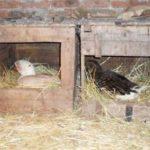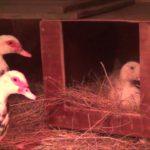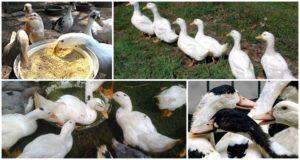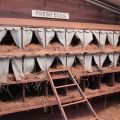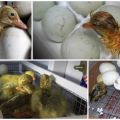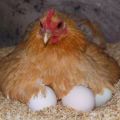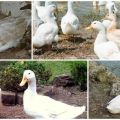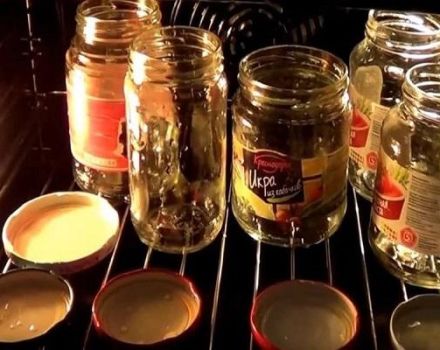Dimensions and drawings of nests for Indooks and how to do it yourself
Breeding Indo-Ducks is a profitable and interesting activity; even an inexperienced villager is capable of raising mute dogs. These are birds with a calm disposition and excellent offspring survival. They grow quickly, do not require complex maintenance. Do-it-yourself preparation of nests for Indo-ducks will not take much time and will allow you to help the bird to withdraw and raise its chicks in comfortable conditions.
General Tips
Muscovy ducks are usually called Indo-ducks, for their external resemblance to turkeys, and mute ducks, for the absence of noise from the flock and the quiet hiss that the birds emit. They grow rapidly, after 3 months they reach a mass of 3 kilograms and are suitable for slaughter. Indo-duck eggs can be eaten boiled or fried, added to dough for baking. They are larger than chicken. Therefore, mutees are popular in rural farmsteads.
In February, Indo-Ducks begin the mating season, they are accepted to rush in April. Before that, the duck finds a dark, calm place to arrange a house for chicks; if you do not equip it in advance, it will be very difficult to find masonry later. The bird can organize it on a tree or on bare ground, predators (rodents, cats) can destroy the nest or the bird will abandon it if it gets scared.
Therefore, it is better to prepare in advance and build comfortable nests for the mute, where it will be possible to control the incubation process and observe the chicks. They are made away from the main bird population, for several females at once. You can arrange secluded corners for incubating chicks in the fall or early winter so that the birds have time to settle in their new home.
For nests, dry, warm and darkened corners are chosen, it is necessary to ensure that no one bothers the bird, the Indo-girls do not confuse the nests and do not see the little ducklings (in this case, they can abandon the clutch and start raising other people's babies).
Drawings and dimensions
You will need a structure with a depth and height of 40-45 centimeters, a width of 30-35 centimeters. It is better to make the structures single, but 3-4 nests can be divided by dense opaque partitions. The dimensions of the houses vary slightly depending on the size of the ducks.
It should be borne in mind that Indo-Ducks prefer deep nests. To make it convenient for birds to climb into the house, you can put a brick in front of the entrance to it.
Necessary materials
For the manufacture of suitable materials at hand: remnants of bars, plywood, chipboard, boards, furniture remnants. Of the tools you will need:
- roulette;
- hacksaw for wood;
- nails, screws;
- hammer, screwdriver or screwdriver.
Experienced farmers recommend using old car tires for nests. They are deep enough and keep warm well. To insulate the house and protect it from moisture, a piece of polyethylene, old linoleum, rubber is useful.
Such a covering on the floor of the house will allow you to carefully clean the nest.
Instructions for making a nest for Indo-women
It is not difficult to make it, even a novice poultry farmer can do it. You can involve children in the lesson, for sure, they will be interested in the process.
- First, you need to decide how many nests for ducks the structure will be designed for.
- Then, from the available materials, you need to put together a large rectangular box or several separate boxes for nests.
- If a large structure is chosen, it should be divided into several sections with pieces of plywood or chipboard.
- A waterproofing material (film, linoleum) is laid on the floor.
- A sill up to 15 centimeters high is nailed above the entrance.
- The structure is installed on legs or bars 10 centimeters high.
- Plywood, a piece of slate is used as a removable cover.
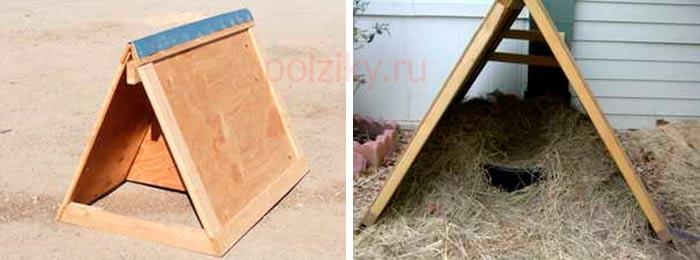
Sawdust or straw is placed in the nests. They are replaced as they become dirty. Hay is not used for bedding, it is too wet and creates additional dampness in the birdhouse.
Where to put
Nests are placed in the warmest and driest corner, away from the main duck livestock. The compartment with nests must be quiet and dark, otherwise the birds will abandon their clutch.
Containers with food and water are left next to the bird houses. Indoor should not go far from the nest. In addition to food and water, the bird should have access to a bathing container and a bath with ash. Add food and change water carefully so as not to disturb the mute. The litter is changed when the bird has left to feed. The water should be changed daily, food and drink containers are thoroughly rinsed with hot water 1-2 times a week.
Possible problems
If the Indoor has arranged the nest on her own in an old box or plastic bucket, you just need to move the structure to the nesting place, the bird will quickly get used to the new location.
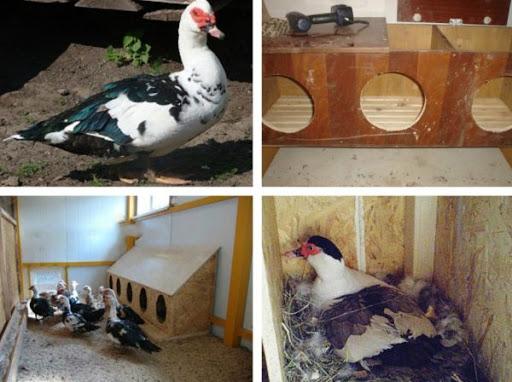
The clutch is checked with an ovoscope, leaving only fertilized eggs under the duck, of the correct shape, without spots and defects. No more than 15 eggs are placed under 1 duck. If the bird does not completely cover the clutch, the chicks will not hatch. Black eggs from under the ducks are removed immediately, a chick will no longer appear from them.
A duck, which has already had ducklings, is removed from the females sitting on the nests, otherwise they will abandon the clutch. It is necessary to ensure that rodents do not start in the house, they should be periodically poisoned. If the duck does not want to sit in the finished house, you can put an egg made of wood, gypsum in an empty nest to stimulate the indoor duck. Ducks can accidentally confuse nests if they are located next to each other, then the birds need to be seated in places.
Indo-ducks love to splash in the water, but they do not like to swim, they do not need a reservoir nearby for normal development, therefore, on the eggshell and in the eggs themselves, the likelihood of developing Salmonella is lower.
If houses for Indo-girls are made with high quality, they can be used for several years. The birds produce strong offspring with excellent survival rates. With minimal simple care, the number of ducks in the private backyard will grow quickly, it is interesting for children and adults to observe the development of chicks, this allows them to gain the knowledge and experience necessary for the development of their own economy.
